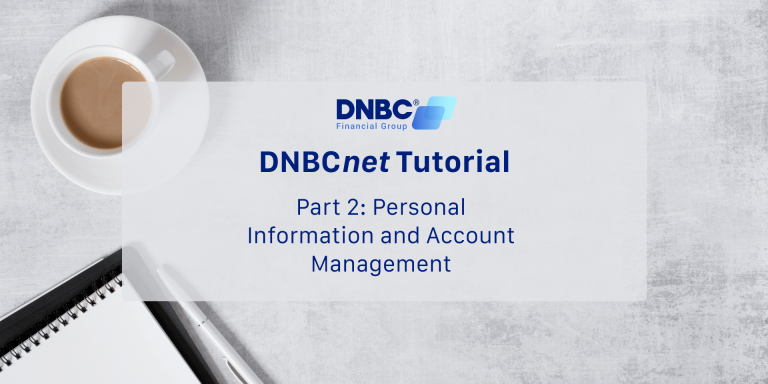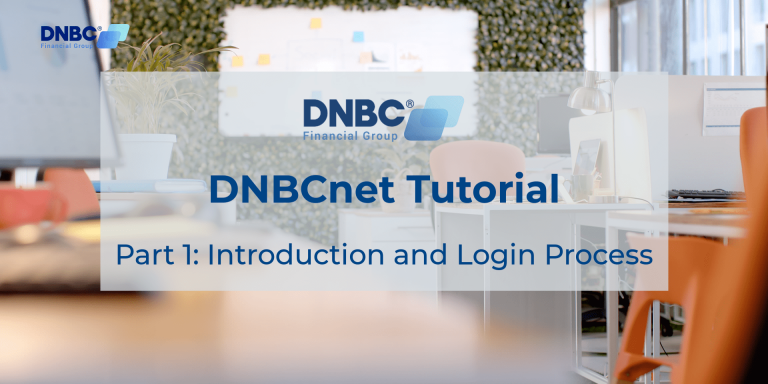BIC code of bank is used to exactly identify bank branches when making international transactions.
BIC stands for ‘Business Identifier Code’ and is used in the system.
The terms BIC can be used interchangeably with SWIFT and represent required information for making international transactions.
SWIFT stands for ‘Society for Worldwide Interbank Financial Telecommunication’ and is the whole messaging system.
Although BIC and SWIFT codes may seem confusing, they’re necessary for anyone who needs to send international payments. So, for global businesses, you may need to know about them. We’ll explain everything you need to know about BIC and SWIFT codes by answering below questions:
- What are they?
- what do they look like?
- How can you find them?
- How do you use them?
What is BIC code of bank? Definition from DNBC Financial Group
What is a BIC code of bank?
BIC code of bank is an 8 to 11-character code that is used to recognize a specific bank when you make an international transaction. It’s just like a postcode for your bank, ensuring that your money goes to the right place.
So, what is a SWIFT code? SWIFT stands for the Society for Worldwide Interbank Financial Telecommunication. It is a global network that processes payments between different countries.
Is BIC code the same as a SWIFT code?
The answer is Yes. These terms are used interchangeably and express exactly the same thing. Differen banks or financial institutions simply use different names.
Also note that these codes are often referred to as SWIFT/BIC codes, BIC/SWIFT codes, SWIFT ID or SWIFT identifiers, but in practice, there is no difference between these terms.
What does theBIC code of bank look like?
All BIC code of bank follow the same format. They are between 8 and 11 characters long and they follow below order:
AAAABBCCDD
- AAAA – 4-character bank code that is like a shortened version of the bank’s name
- BB – 2-character country code identifying which country the bank is in
- CC – 2-character location code identifying where the bank’s head office is located
- DDD – 3-character branch code (optional) identifying where the specific branch is located
As some banks don’t use the 3-character branch code, they’ll have a shorter (8-character) BIC code. For these banks, the branch code may be replaced by XXX (i.e. NOSCCATTXXX) or left off completely.
All BIC code of bank follow the same format
How do I find my BIC code of bank?
If you’re receiving an international payment, you’ll need to know your BIC code of bank. You can usually find it on your bank statements, but if you don’t have any in hands, you can also log into your online banking account or just call and ask your local branch.
If you’re making an international payment and need to find the BIC code of the recipient, you can simply use an online BIC/SWIFT finder – that allows you to search for the codes of specific branches or confirm SWIFT numbers for extra security.
Finally, it’s important to double-check with your recipient that the BIC code you’ve been given is correct before you approve a payment. This helps prevent delays, refunds or even worse, a wrong account transfer.
Is there a fee for using BIC code of bank?
Yes, most banks will charge a fee to process international payments, so you may need to pay some when you use a BIC number for your payment. You’ll also incur a handling fee from the corresponding banks if your money transfer is in transit.
Transfering money by SWIFT often go through 1 – 3 corresponding banks and so these fees can go up. Also, information on handling fees is often hidden carefully, so it may be difficult to know how much you will be charged when making the transfer.
International transaction fees are expensive and not always transparent; that’s why DNBC offers a seamless cross-border payment service covering over 170 countries and territories with pricing that is both affordable and transparent.
Find out more about quick, simple and cost-effective international payments with DNBC.
How do BIC/SWIFT codes actually work?
When financial institutions send international payments, they rely on a network of correspondent banks. These correspondent banks work together to take your money from one territory to another before it finally reaches the intended recipient. BIC codes are used to ensure that your payment goes to the right place.
For customers, it’s a simple process. Once you’ve got your recipient’s BIC number and confirmed that it’s correct, you simply head into your local branch and ask to make an international payment. Alternatively, you can use your online payment account to make the remittance.
Making international payments easily with DNBC Financial Group
DNBC provides a platform called DNBCnet transfer app from where you can set up international payments in just a few clicks.
Senders now don’t need to stand in long lines at the bank to transfer funds abroad. Just a few simple steps on DNBC’s website then you can own an international payment account. You can transfer with various currencies according to your needs. Collection is available in CAD, HKD, EUR, CHF, GPB.
DNBC Financial Group is your trusted provider in international money transfer
- Get 100% free 1-on-1 support
- 100% free account opening
- Seamless onboarding process
Or please contact DNBC
Email: [email protected]
Phone Number:
- +65 6572 8885 (Office)
- +1 604 227 7007 (Hotline Canada)
- +65 8442 3474 (WhatsApp)



 DNBC Team
DNBC Team








